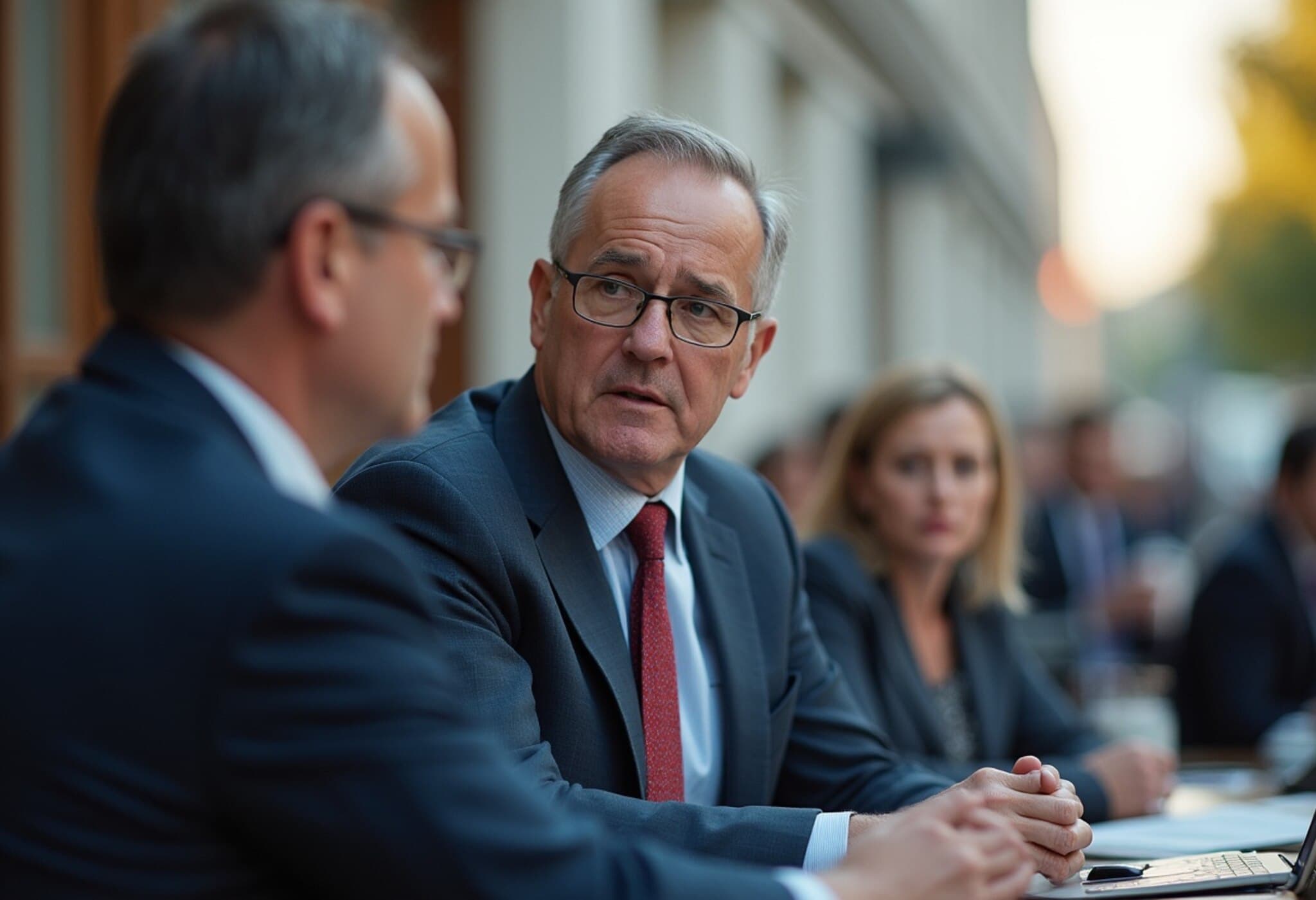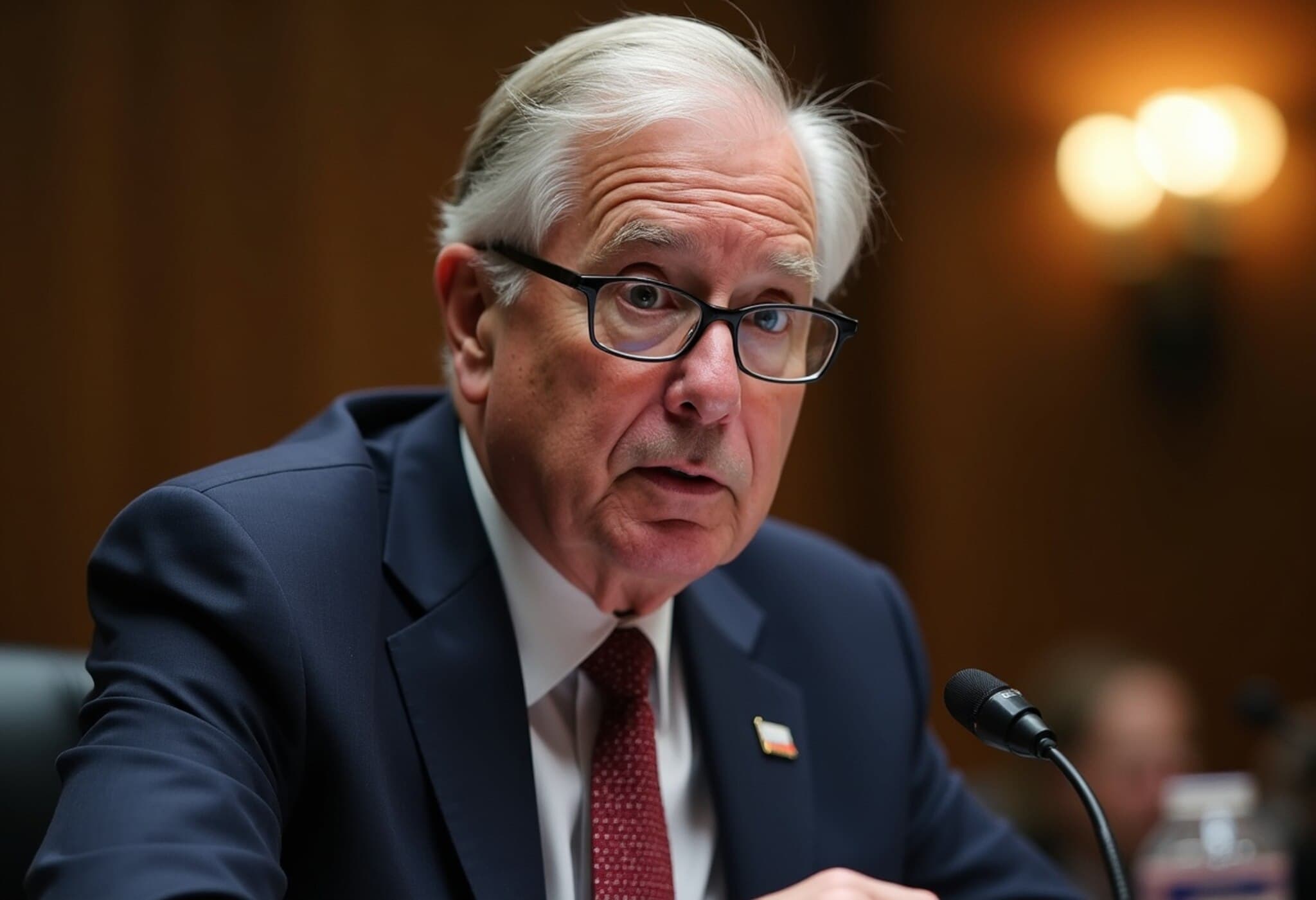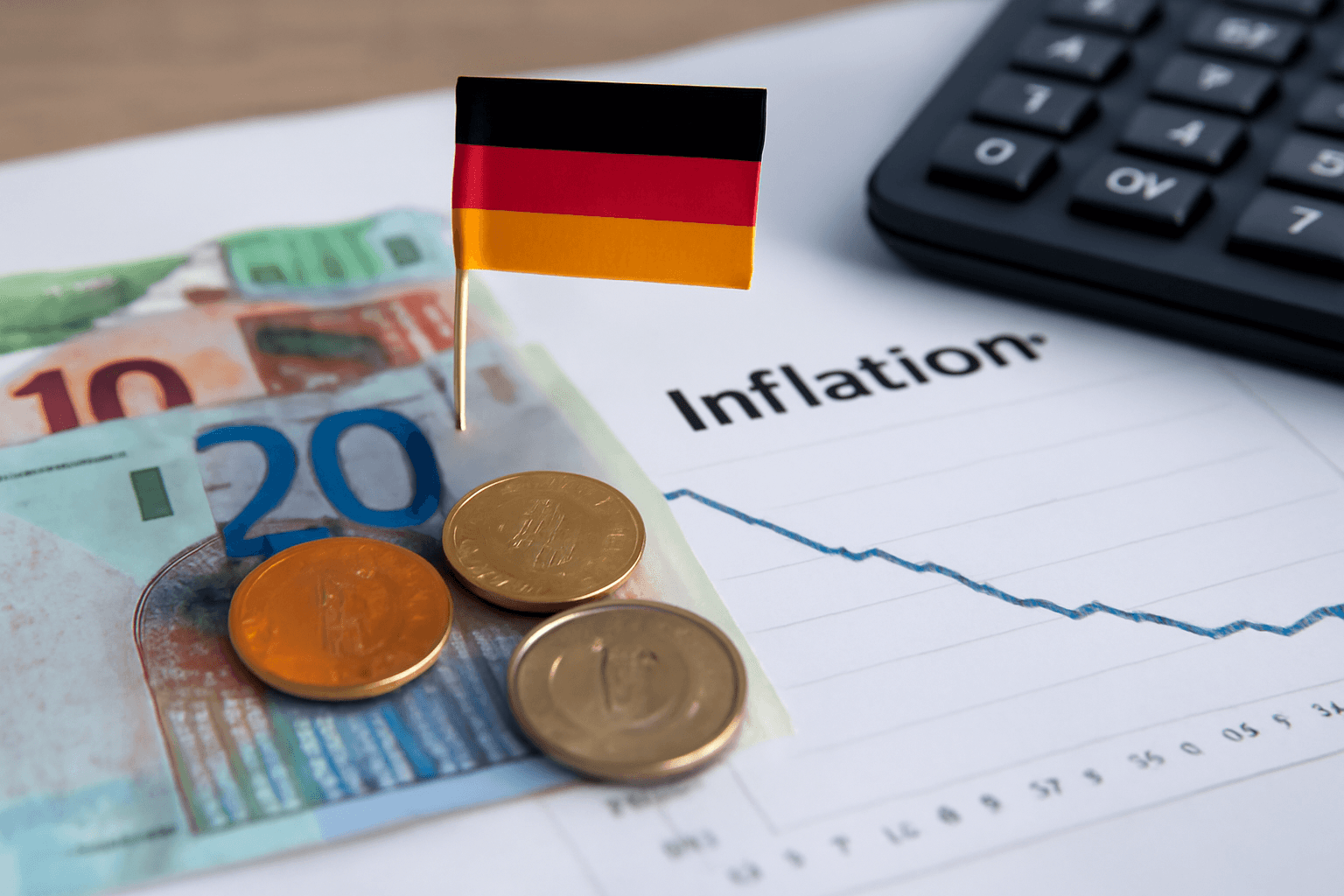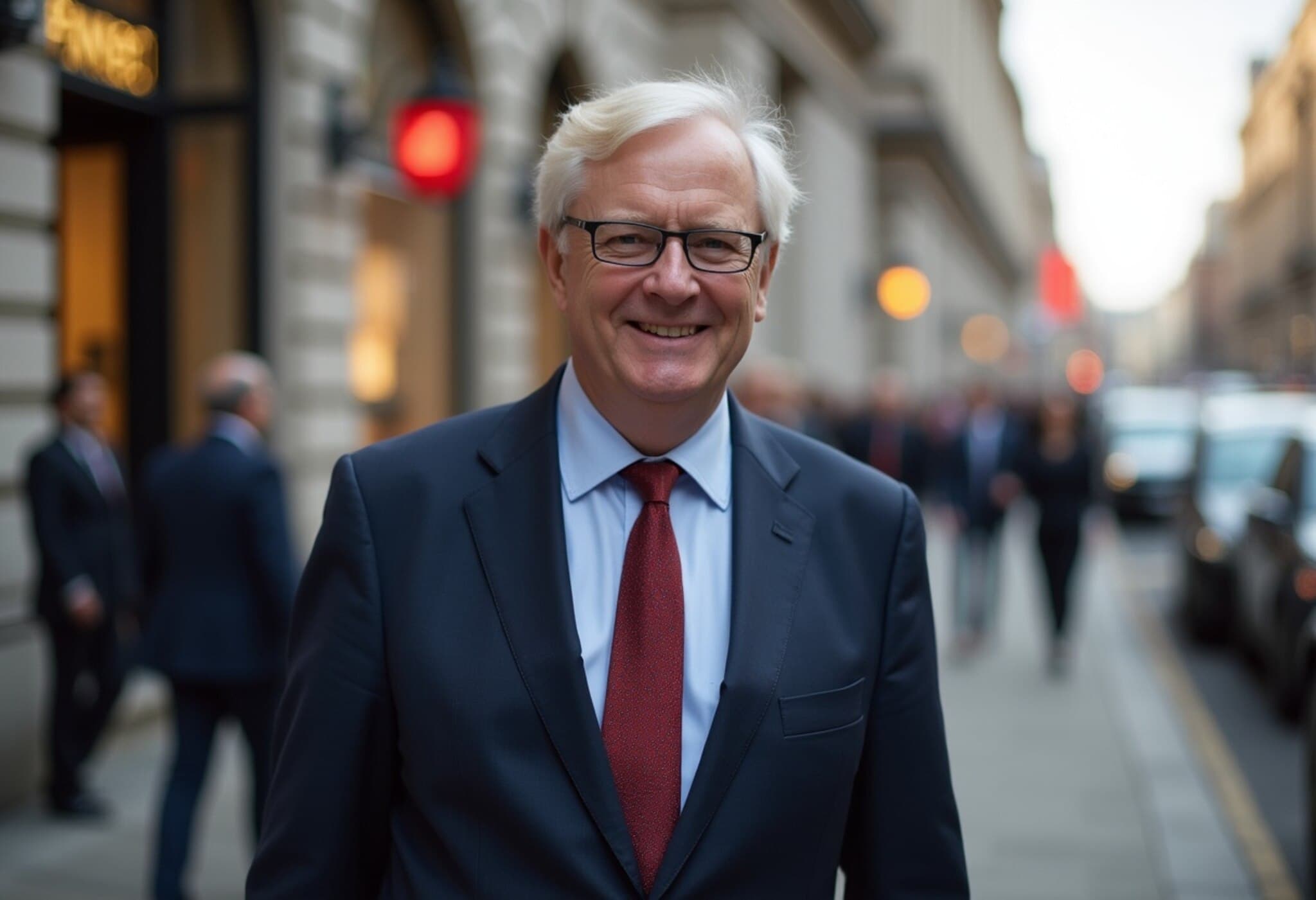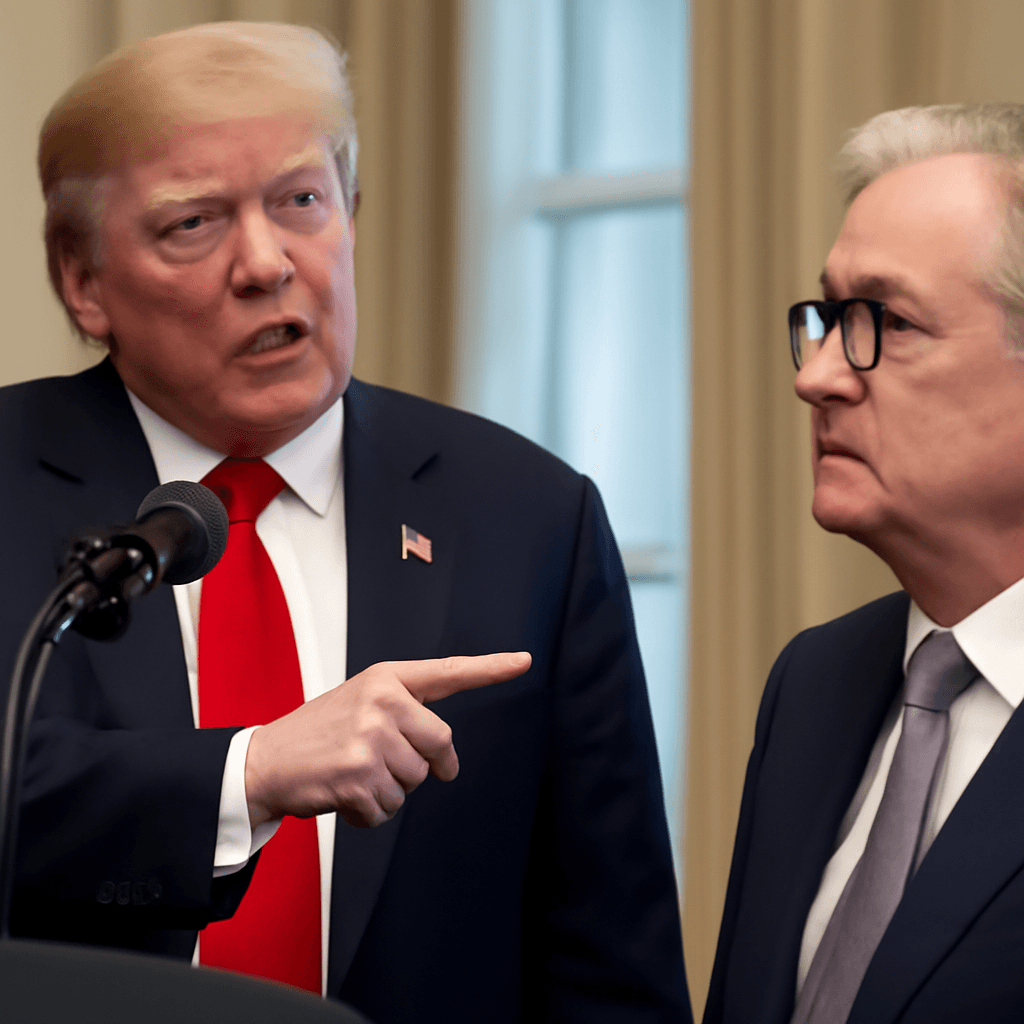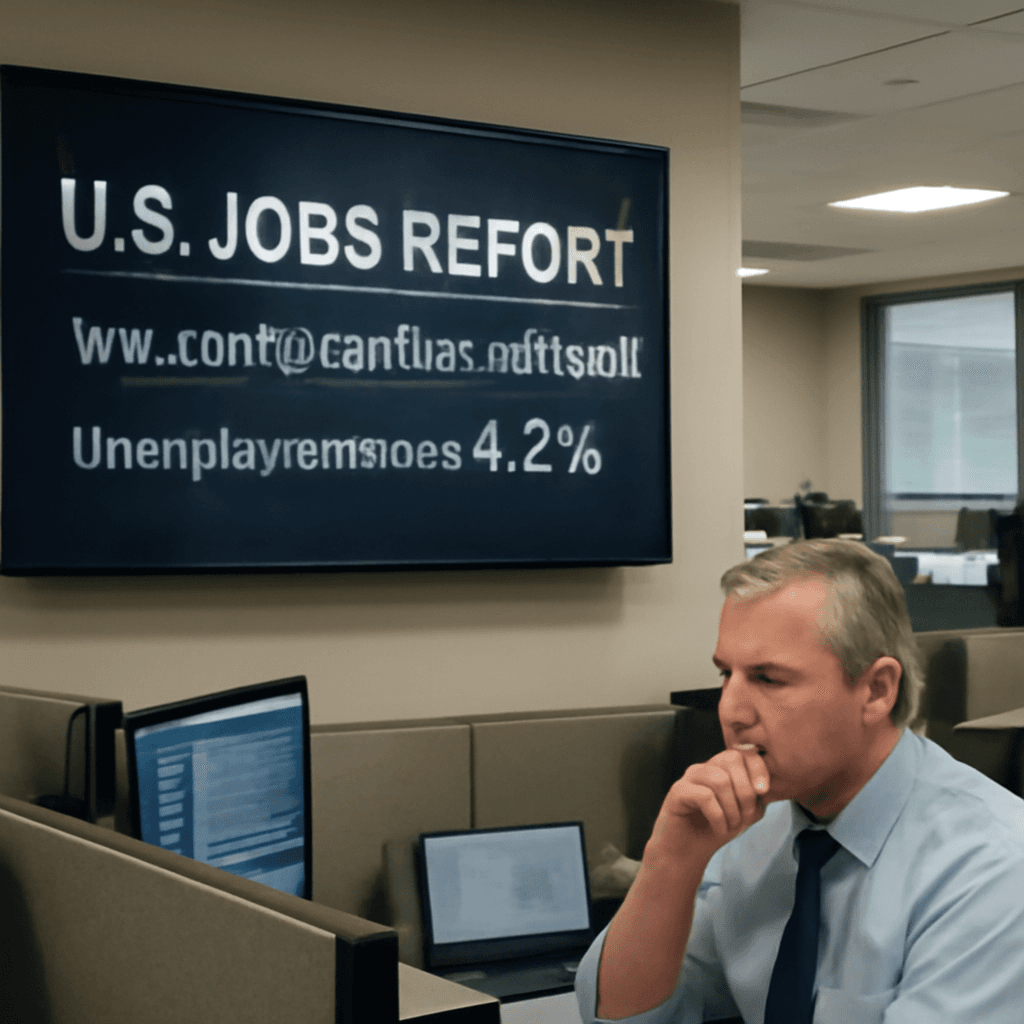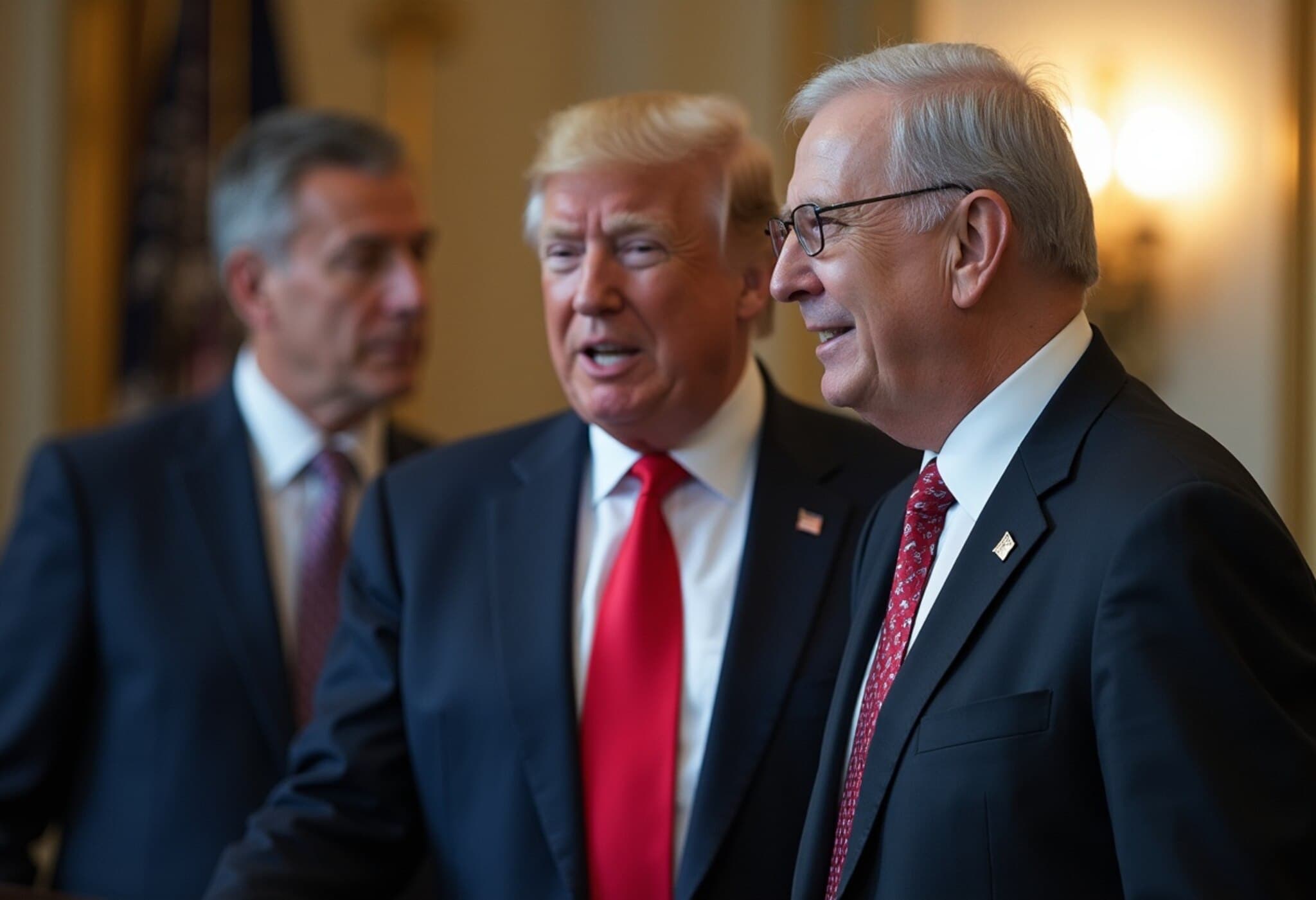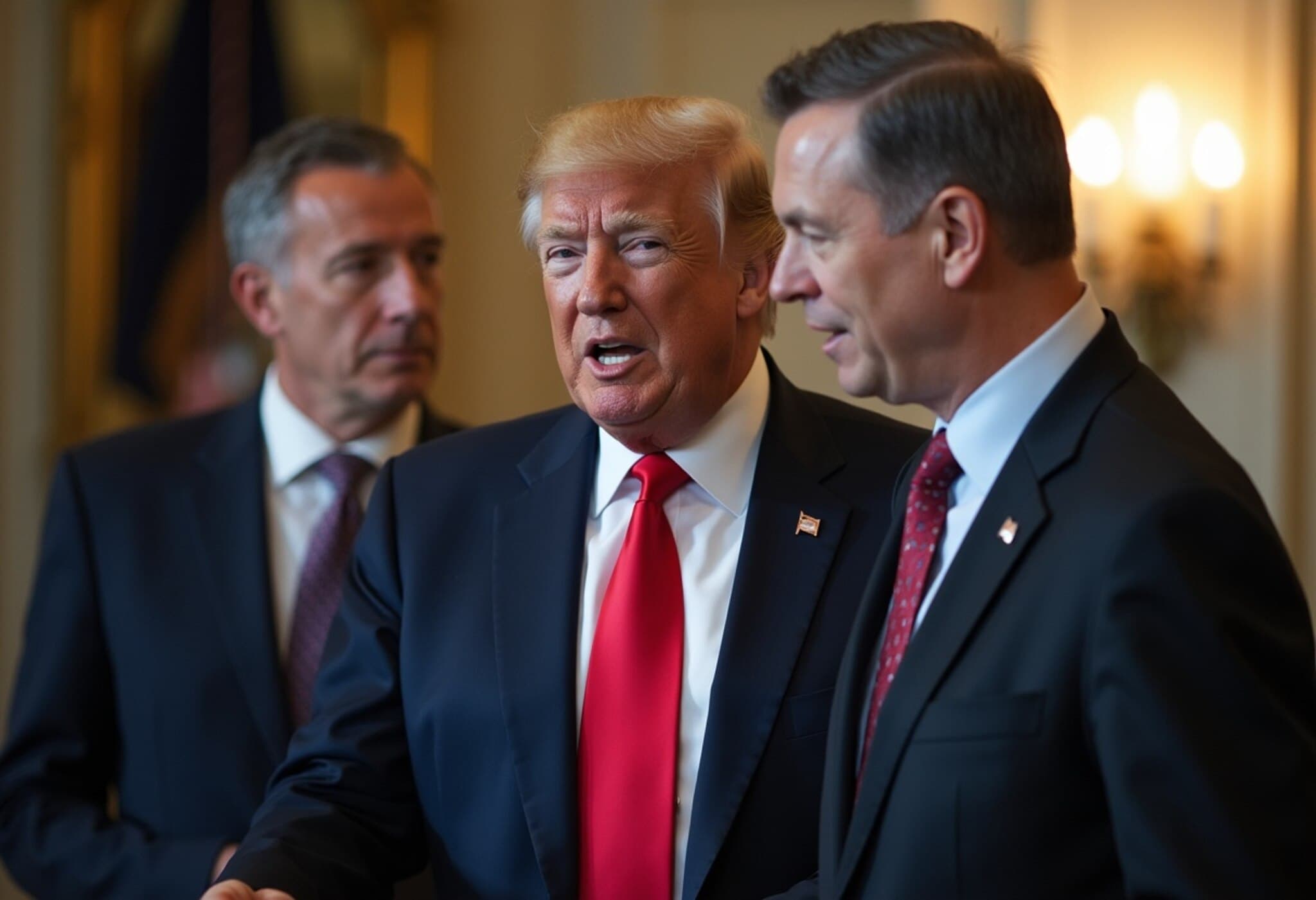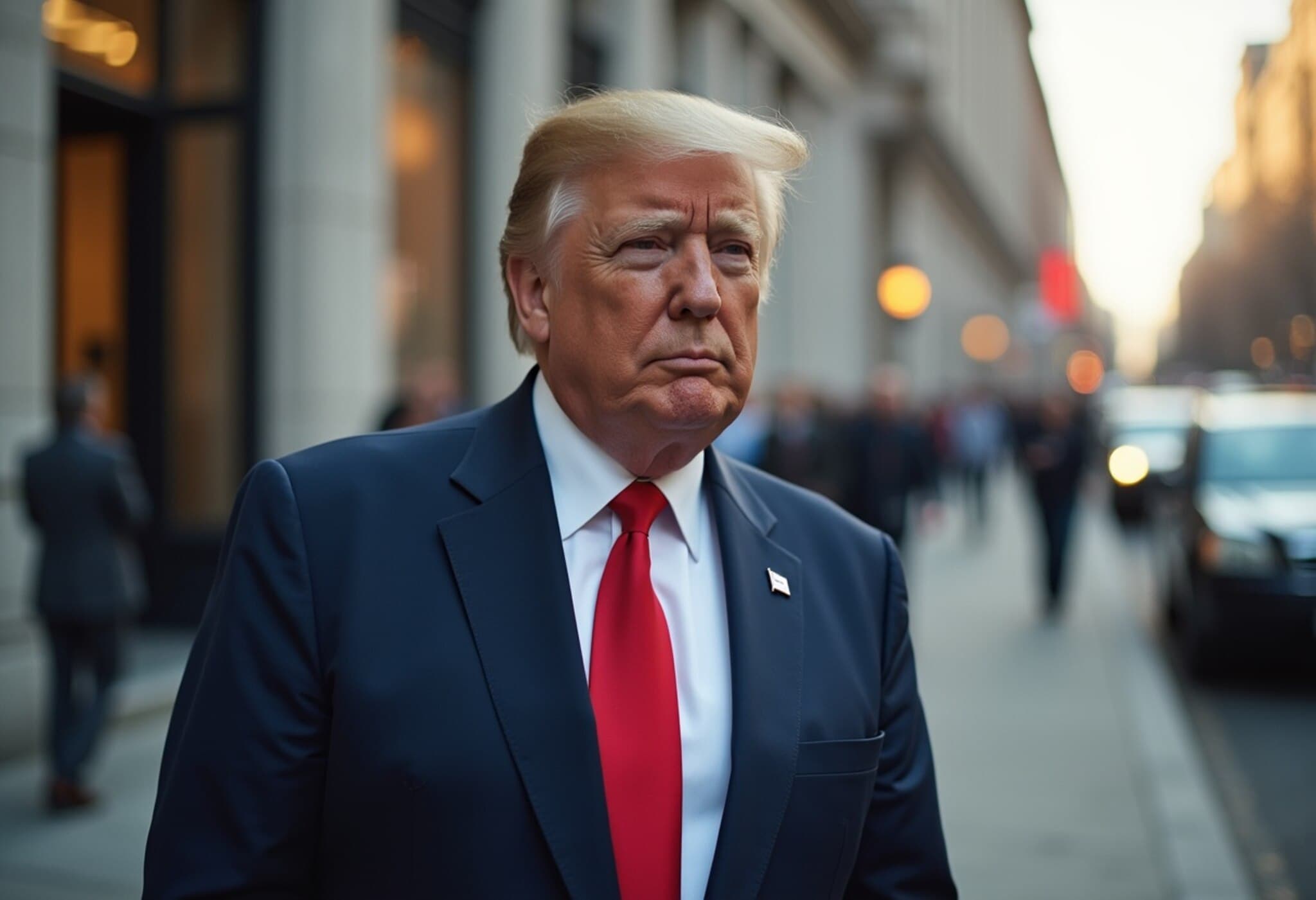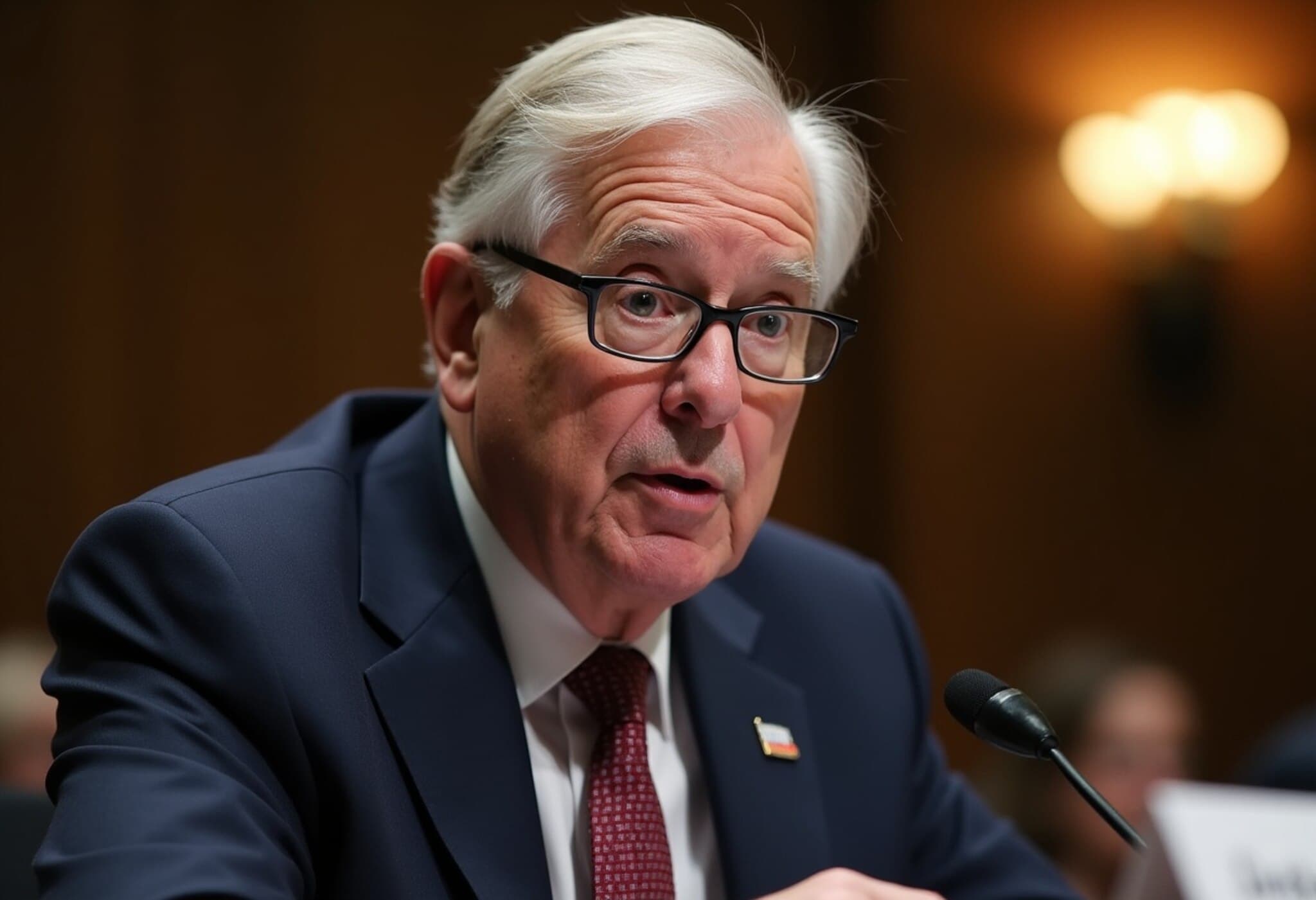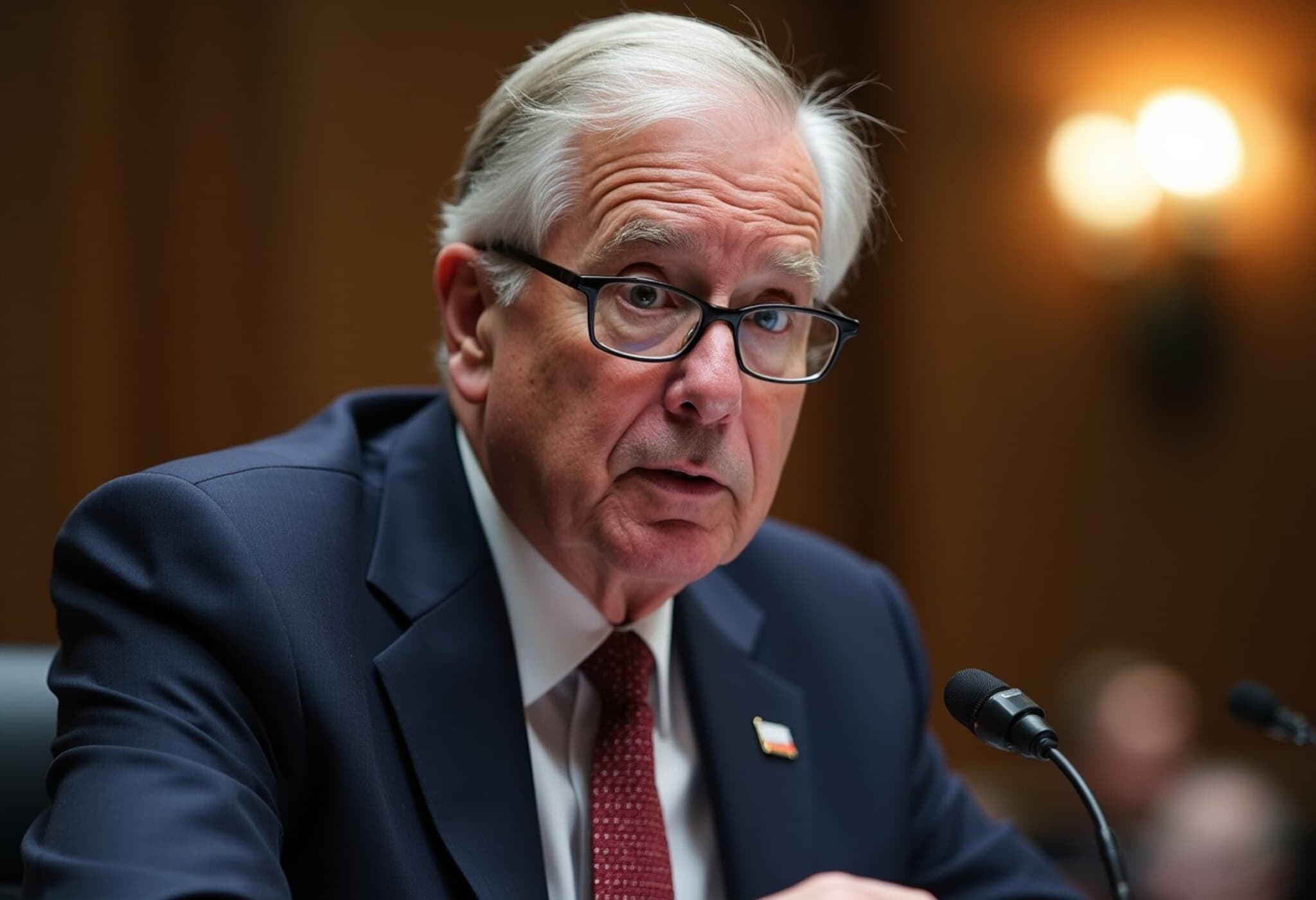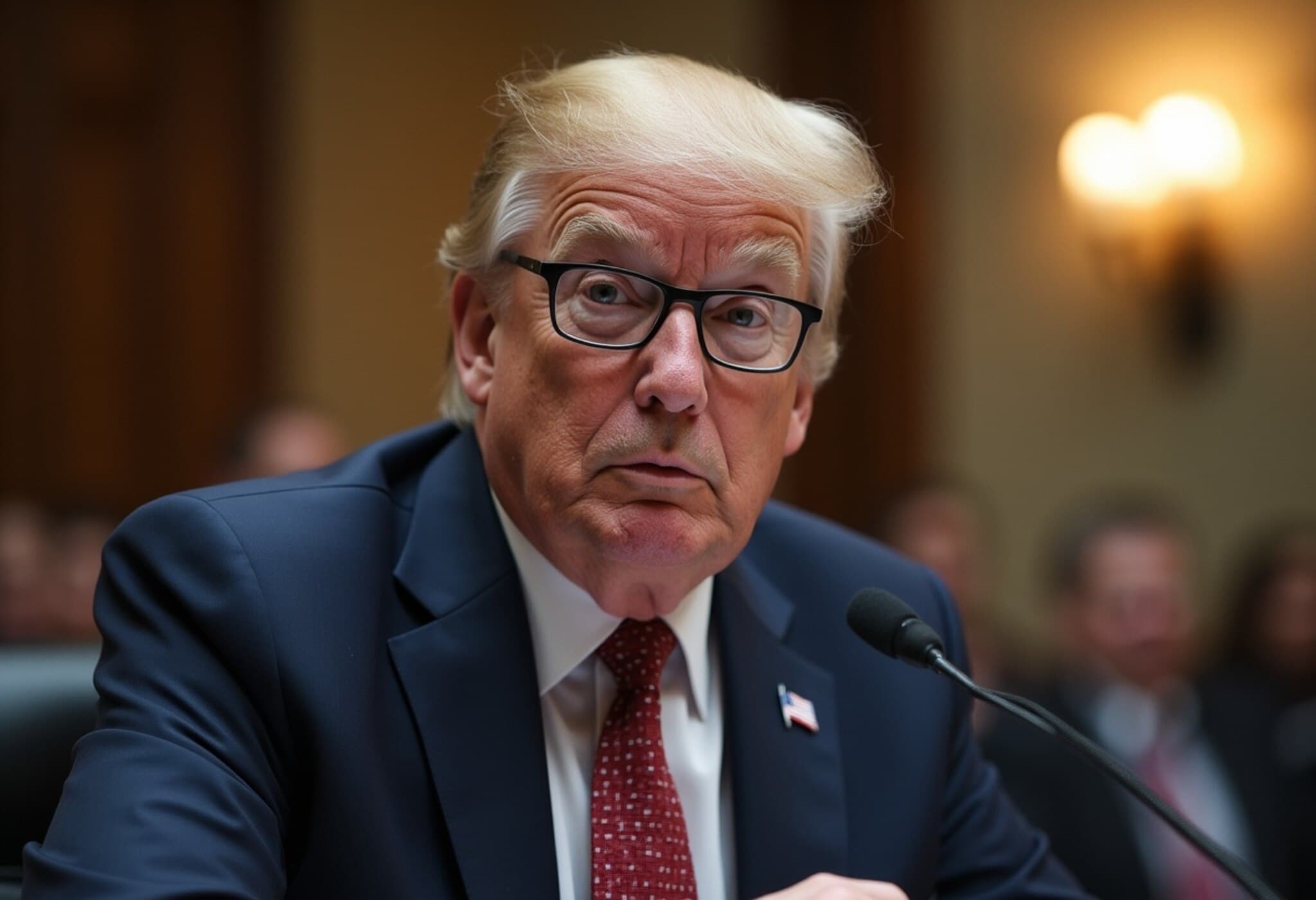The Federal Reserve’s June Meeting: What’s on the Table?
This week, the Federal Reserve gathers to review the economy and signal its next moves on interest rates. Though a rate change seems unlikely at this meeting, which concludes Wednesday, the central bank’s guidance and economic outlook could still send ripples through the markets.
Key Focus Areas: Rates, Inflation, and Political Pressures
Investors eagerly await the Fed’s updated forecast, especially concerning the anticipated interest rate trajectory for the rest of the year. In March, the Federal Open Market Committee (FOMC) had penciled in two rate cuts for 2025, a stance closely aligned with current market expectations. However, just minor shifts in individual members’ views could sway that median forecast, potentially adjusting the number of cuts.
Inflation trends will be under close scrutiny, as policymakers weigh recent data showing subdued price pressures despite ongoing tariff tensions. Additionally, Federal Reserve Chair Jerome Powell faces increased political pressure from the White House advocating for easier monetary policy.
Geopolitical Complexity Clouds the Horizon
The backdrop to this meeting is far from straightforward. Tariffs introduced by the previous administration have so far exerted limited impact on inflation, but uncertainty looms regarding future effects. Meanwhile, unrest in the Middle East casts potential shadows over global energy markets, adding another piece to an already complex puzzle.
Decoding the Fed’s Messaging and Market Expectations
Waiting in the Wings: The Fed’s Cautious Stance
Experts suggest the Fed is likely to maintain its “wait-and-see” approach, holding interest rates steady for now without rushing into policy shifts. Recent data—including moderate softening in the labor market and relatively tame inflation figures—support this measured stance.
Unemployment remains low at 4.2%, though some indicators hint at a gradual economic slowdown. Importantly, tariffs have not yet caused widespread price increases, which could encourage the Fed to consider easing in the near future.
What the Markets Are Pricing In
Currently, markets anticipate the next rate cut in September, marking roughly a year since an aggressive tightening cycle concerned with labor market overheating. While the committee forecasts two total rate cuts this year, some economists predict only one cut will materialize, influenced by persistent uncertainties.
The Economic Projections to Watch
The Fed will update its projections on employment, inflation, and GDP growth. Some analysts expect the following adjustments:
- Inflation forecast rising to around 3% for 2024, slightly higher than March's estimate.
- GDP growth being revised downward to about 1.5% from a previous 1.7%.
- A modest increase in the unemployment rate forecast to roughly 4.5%.
During the summer months, the Federal Reserve is set to monitor economic developments closely before making any further decisions later in the year.
Final Thoughts: A Watchful, Data-Driven Fed
Ultimately, the June meeting is expected to reaffirm the Fed’s cautious approach amid a mix of economic signals. Chair Powell is likely to emphasize that current policy settings remain appropriate while acknowledging the need to remain flexible as new data emerges.
The upcoming economic reports and geopolitical shifts will heavily influence the Fed’s future actions. For now, policymakers seem poised to maintain stability, giving themselves room to navigate evolving risks in the months ahead.

